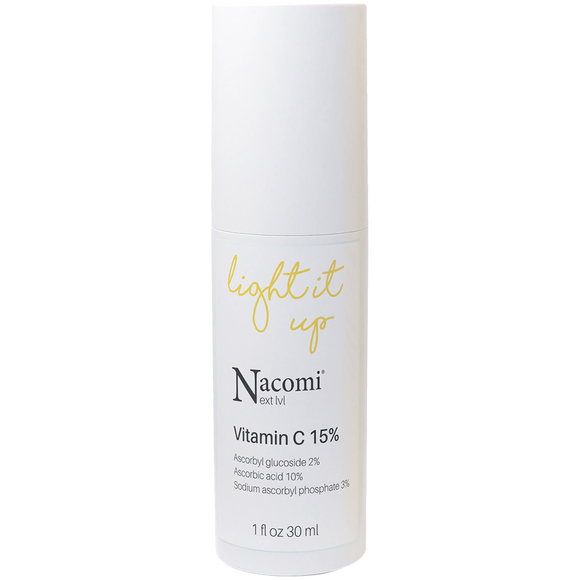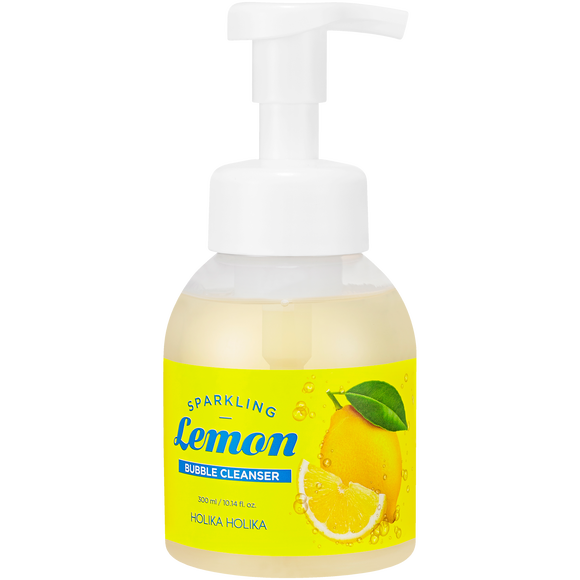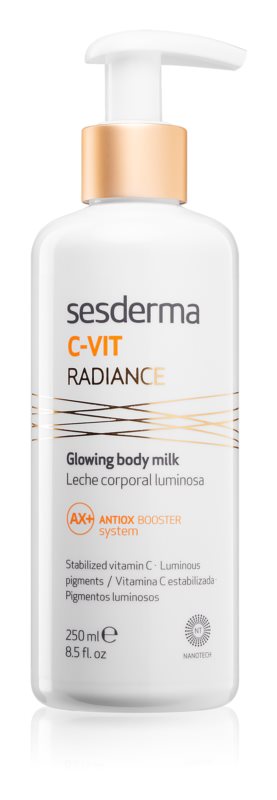A book could be written about vitamin C and its properties, as well as myths about it. Some believe that it is a cure for all ailments, others – that it is a bit overrated. We check how it really is!
Vitamin C – it turns out that information about it is one of the most searched for in Google. It used to be used primarily for health purposes, nowadays this vitamin has more and more fans among people who appreciate natural care. Not without reason it is found in many good quality cosmetics
It is known that vitamin C is not known for several or several decades. However, its use, mainly in cosmetics, now and then differ. And all this is due to unique technologies, which are now used in the production of many preparations for skin care. Thanks to them and specially developed combinations of ingredients, experts manage to develop specifics – serums, creams, oils or moisturizers, which are much more effective.
Currently, experts distinguish the so-called holy trinity in care, that is, three ingredients that have a salutary effect on the appearance and condition of our skin. These include:
According to skin care experts – if we, or rather our cosmetics will be “armed” with these three components, we can be sure that the skin will be smoother, healthier, brighter and full of glow
Vitamin C is an antioxidant. What does that mean? It is a powerful agent that effectively fights oxidative damage to the skin formed not only on its outer layer, but also on the inner layer. It also supports the immune system, fights inflammation and promotes getting rid of many ailments – including skin ailments. In addition, it protects the skin from harmful UV radiation. All this makes the skin aging process slower. It also reduces the risk of sunburn, which is especially important in summer.
It is also worth knowing that vitamin C participates in the formation of collagen, the amount of which decreases with age. With the right dose of vitamin C the skin therefore retains its firmness and elasticity for longer. In addition, this microelement has a depigmenting effect, so it protects us from the appearance of discoloration.






It is certainly important to provide the body with products rich in vitamin C. It can be found in fruit such as citrus fruit, peppers and vegetables. In the case of skin it is also necessary to reach for preparations that contain it and will work within the metabolism of our skin. Therefore, it is worth checking whether the cosmetics we use – scrubs, gels, serums, creams, have it in their composition.
There are many myths about vitamin C. Most believe that it can never be overdone. And as we know – everything in excess is harmful. In case of ascorbic acid excess, the body becomes weaker, urine becomes acidic, and stones may form in the urinary tract. However, it is not possible to overdo the vitamin by eating products rich in it or using cosmetics that have it in their composition. This occurs only during improper supplementation.
Also untrue is the belief that by using cosmetics with vitamin C, we do not have to care whether it is in the products we eat. It should be both here and there – so that its action for our skin was the best.
It is also a myth that vitamin C is most abundant in citrus fruits. We can also find it in many native products such as blackcurrants, parsley, Brussels sprouts, kale, broccoli and rosehips.
Read also Caffeine in cosmetics – what is its function and what products can you find it in?
Main photo: Andrey Kiselev/ adobestock.com